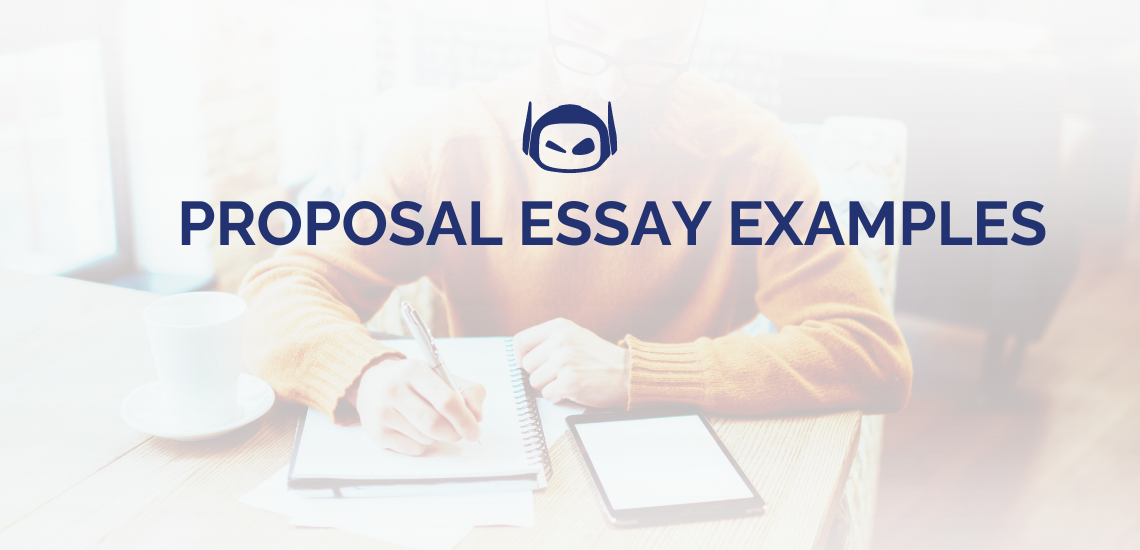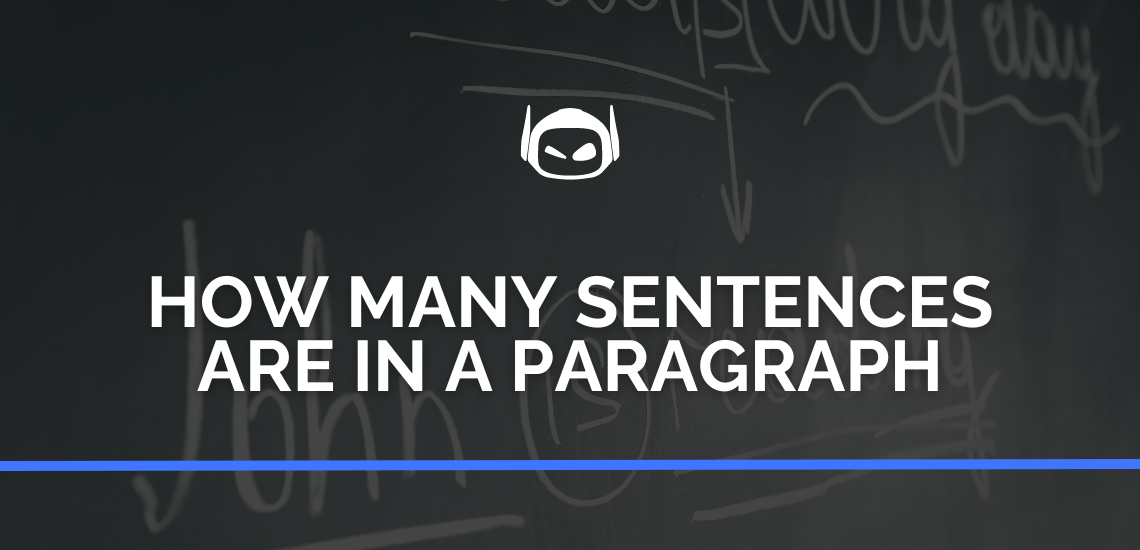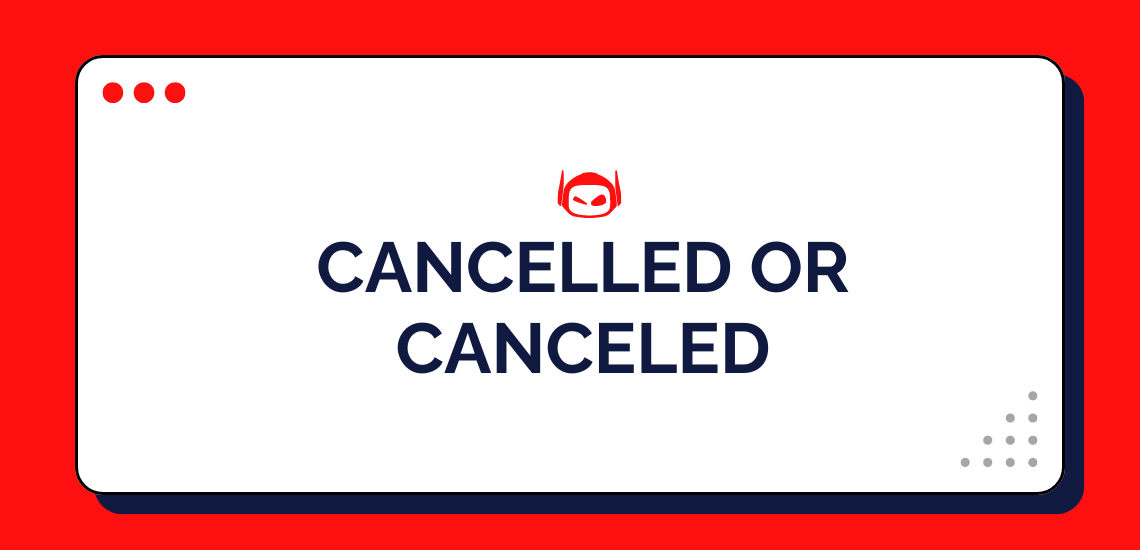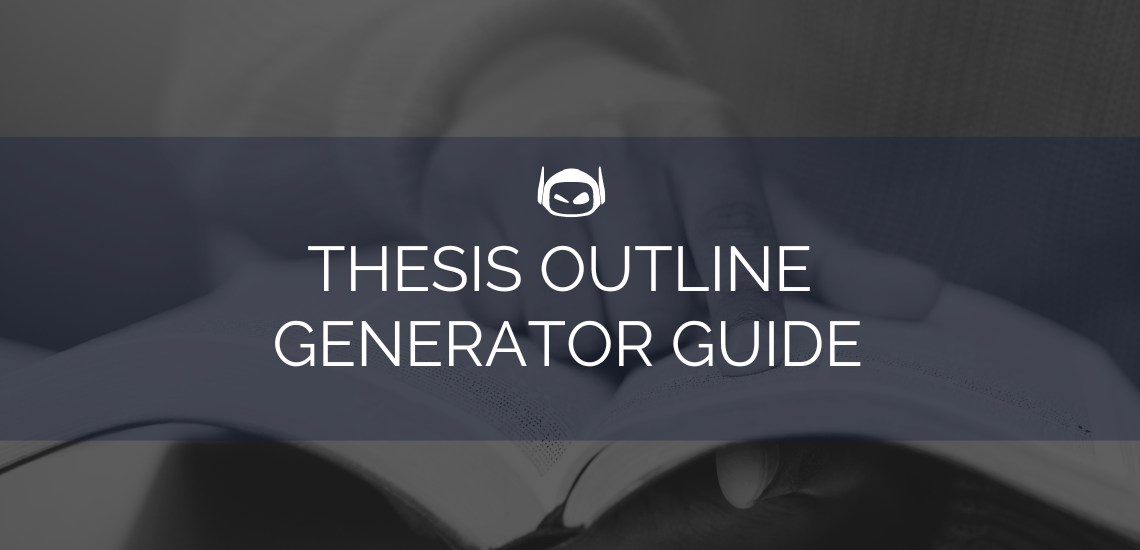
General Guide About Content and Writing
Are you an expert in using “affect” and “effect” in...

General Guide About Content and Writing, Step-by-Step Instructions for Writing
Are you working on an essay proposal and need help...

Punctuation can be complicated. With so many dots and dashes...

All About Content and Writing, General Guide About Content and Writing
Just how long should a paragraph be? Do you count...

Whether writing a book report or a college project, you...

The versatility of AI systems means they can help students...

General Guide About Content and Writing
Artificial Intelligence (AI) is revolutionizing many aspects of our lives,...

Writing an essay can be overwhelming, especially when you’re staring...

General Guide About Content and Writing
Writing a thesis can often feel like the pinnacle of...